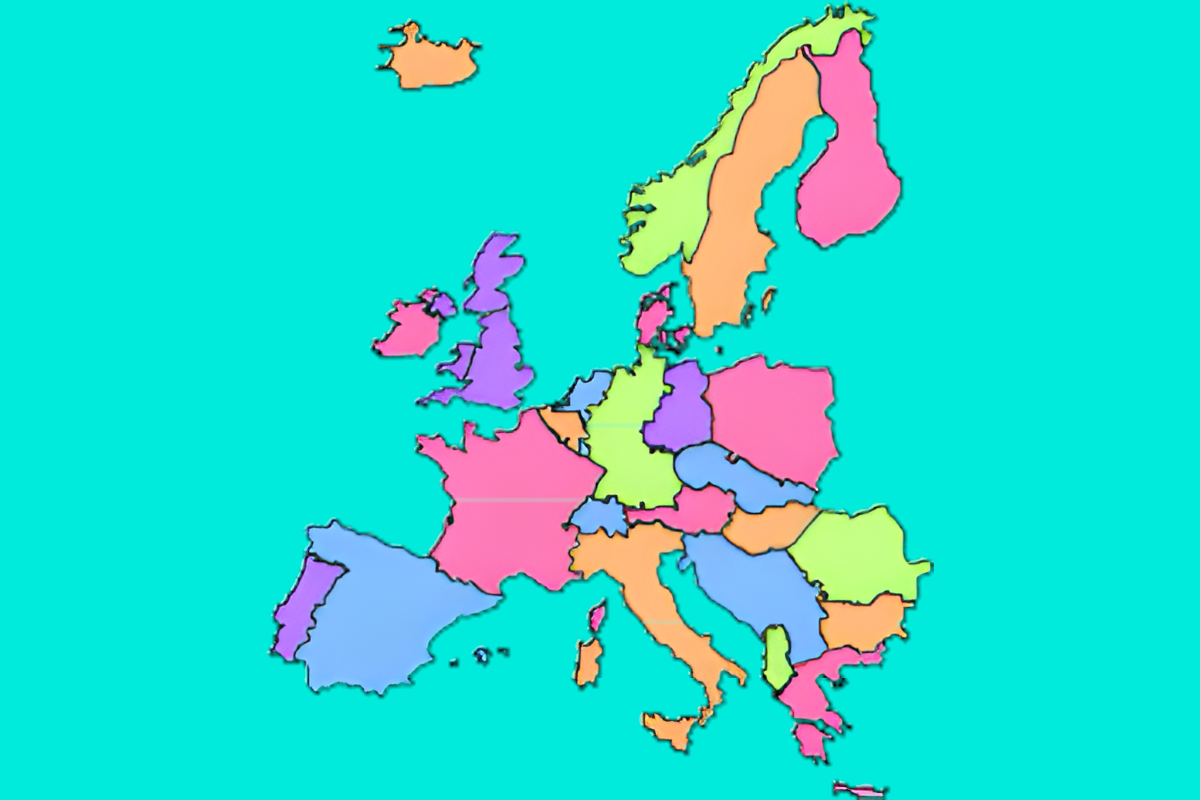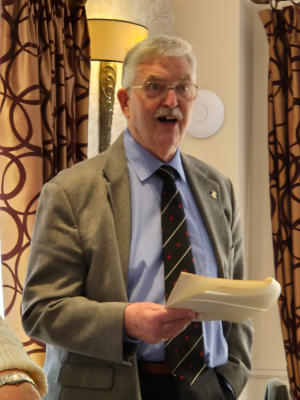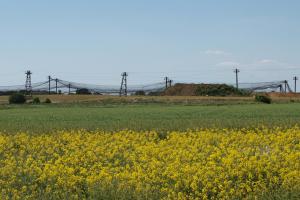Rtn Keith Dabbs: The changing map of Europe
Thu, Jan 16th 2025 at 12:45 pm - 2:15 pm
(At the Ivy Hill Hotel.) It affects us all.

We had to rearrange a speaker for today as the original speaker withdrew over Christmas. Our member Keith Dabbs agreed to bring forward a talk on the changing map of Europe that he was going to give next month.
 He started at the beginning of the 20th century. The First World War brought about many changes. Both the Austrian-Hungarian and the Ottoman Empires disappeared, to be replaced by the separate countries of Austria, Hungary, Turkey and others. Finland and Lithuania achieved independence from Russia but East Prussia became part of Russia and the Union of Soviet Socialist Republics replaced the Russian Empire. The City of Danzig became its own state.
He started at the beginning of the 20th century. The First World War brought about many changes. Both the Austrian-Hungarian and the Ottoman Empires disappeared, to be replaced by the separate countries of Austria, Hungary, Turkey and others. Finland and Lithuania achieved independence from Russia but East Prussia became part of Russia and the Union of Soviet Socialist Republics replaced the Russian Empire. The City of Danzig became its own state.
In 1920 Latvia gained independence from the Soviet Union.The map of the British Isles changed not long after when Eire became an independent country. The name was changed to Republic of Ireland shortly before the Second World War.
In 1929 Vatican City was recognised as a separate state after it formally recognised the absorption of the Papal States into Italy.
The Second World War, of course, saw more changes. Most significantly, the defeated Germany was split into two states, West Germany and East Germany. The Soviet Union reabsorbed Lithuania and some other countries in Eastern Europe.
The disintegration of the British Empire during the second half of the century saw Cyprus and Malta become independent. A very small area of Cyprus around the British base on the island remained a colony,as did Gibraltar. Keith said you could go through it and not know you had crossed any borders.
The inter-ethnic turmoil on the island resulted in northern Cyprus declaring itself an independent state after the Turkish invasion. Turkey is practically the only country that has recognised it.
The collapse of the Soviet Union saw countries like Estonia, Georgia, Latvia, Lithuania and Ukraine regain their independence and Germany was reunited. Yugoslavia split into its constituent parts. Czechoslovakia split into Czechia and Slovakia.
Changes continue. Some parts of Georgia declared themselves separate states, recognised only by Russia.
And how about the future? We know about the war between Russia and Ukraine. The Basque and Catalan regions of Spain could seek independence. If they do it will create an interesting situation, as there are Basque and Catalan areas in the south of France.
The British Isles are not immune. Will Ireland be united? Will Scotland become independent once more?
Keith ended his talk by challenging us to say how many countries there are in Europe today. The nearest estimate was 45. There are 49, of which Keith has visited 48. He aims to visit the 49th this year. There are also four places which have declared themselves independent but have not been recognised as such internationally. Keith has visited two of those.
'What We Do' Main Pages:










